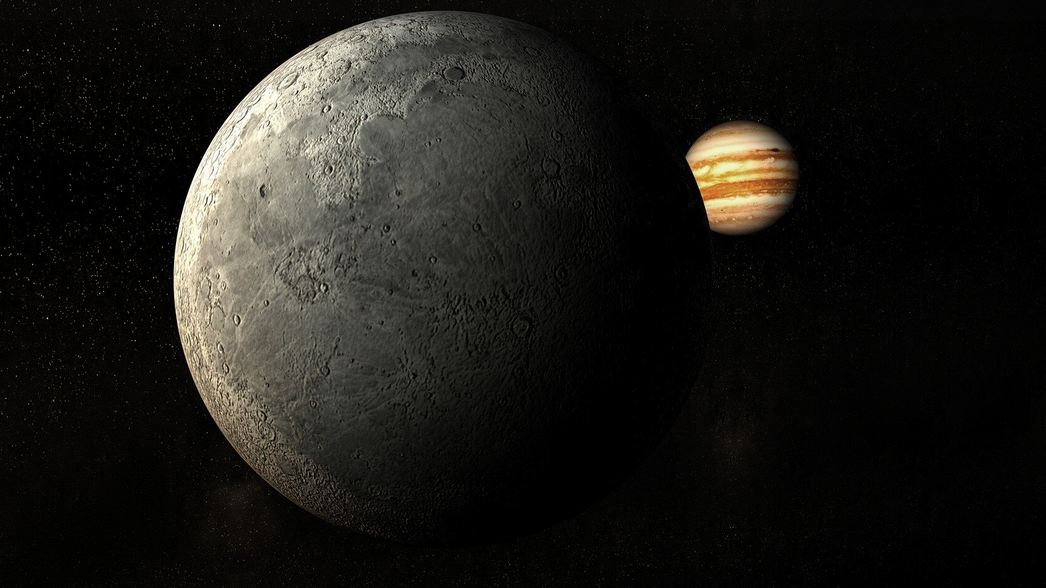Ever wonder how many hidden planets could be lurking out there in the vastness of space, quietly orbiting stars we already know? While scientists have already confirmed the existence of almost 6,000 exoplanets beyond our solar system, it turns out ...
Recently, astronomers came across a few fascinating leads in the quest for life on other planets. The discovery includes two Earth-like planets in the habitable zone of a red dwarf star named GJ 1002. Check out all the facts below. ...
From all the billions of trillions of stars that exist in the Universe, the M dwarfs are the most abundant type. Surely the exact number of stars is unknown, but astronomers are pretty sure that they are more prevalent than ...
According to a recent survey of exoplanets around red dwarf stars, there’s a rise in the population of water worlds. Apparently, we may have underestimated how much wetter the Milky Way galaxy is. What’s more curious is that the newly ...
LP 890-9b and LP 890-9c are the monikers of the two new “super-Earth” exoplanets that astronomers have found. As you have already guessed, both are larger than our planet. The two space bodies are orbiting the LP 890-9 star, and ...
We would stop complaining about the bad weather on Earth as soon as we learn a bit about the terrible conditions on other planets. 55 Cancri e is one great example, meaning an exoplanet located 50 light-years away from Earth. ...
The more we learn about the extreme conditions present on other planets, the less we should complain about the weather on Earth. Scientists are now providing astonishing information about the exoplanet designated WASP-178b, one where the clouds are composed of ...
Throughout 1992, scientists found the first extrasolar planets. They discovered a pair circling the pulsar PSR B1257+12 at a distance of approximately 2,300 light-years away from the Sun. They found the 3rd planet in the formation two years later. Presently, a team ...
Astronomy never ceases to amaze us. With every month that passes, discoveries emerge in the field. The more we learn about our nature, the more we grow as individuals. Exoplanets (planets from other solar systems) have been theorized long ago, ...
Exoplanets are pretty much everywhere out there in the vastness of the Cosmos. Almost every shiny star that we see in the night sky should have exoplanets revolving around it. But since findings exoplanets with powerful telescopes isn’t something new, ...
Astronomers came recently across enough evidence that a mysterious population of “free-floating” planets may exist. As intriguing as that might sound, these planets are just some cosmic bodies, alone in deep space, without any star companion. The data is offered ...
Amateur scientists have assisted astronomers in locating new gaseous planets. Two exoplanets are orbiting a star similar to our sun at 352 light-years away from our planet. Planet B and planet C, as the experts call them, orbit around star ...
The hunt for habitable planets continues as scientists wonder now how hospitable are actually the red dwarfs. These cosmic features are one of the long-lasting and most common stars in the Milky Way, and they could hide more secrets than ...
Do you ever wonder how rain is on other planets from our Solar System? But how about on potentially habitable planets? According to a new study, raindrops can help us identify other planets outside our Solar System. For the new ...
A recent study discusses how more planets could produce atmospheres full of water and keep them, too. Such insights could help our search for other habitable worlds, similar to Earth. Scientists based their work on what they know about Earth ...
Planet 9 has stirred quite the buzz back in 2016. Astronomers discovered it just at the far edges of our solar system, beyond Neptune. Recently, researchers have found no proof of trans-Neptunian cosmic feature clustering as part of an attempt ...























